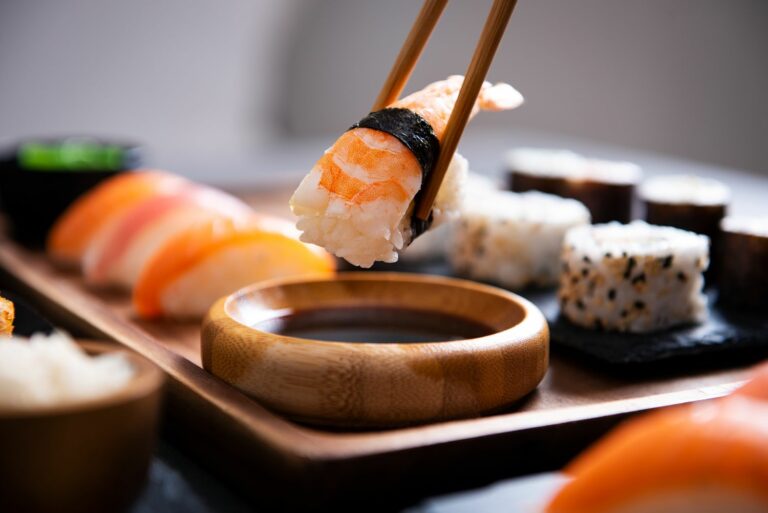Introduction
Japanese cuisine is renowned for its unique flavors, delicate preparation, and artful presentation. It is one of the most popular cuisines in the world, and its popularity continues to grow. However, like any other cuisine, Japanese food has dietary restrictions, and it is important to understand them to enjoy the cuisine fully. In this article, we’ll explore the dietary restrictions and considerations in Japanese cuisine.
Traditional Japanese Diet
The traditional Japanese diet is based on rice, vegetables, and fish. It is low in fat, high in fiber, and provides a good balance of protein, carbohydrates, and vitamins. Japanese cuisine is known for its emphasis on fresh, seasonal ingredients, and the use of umami-rich ingredients such as soy sauce, miso, and seaweed. The Japanese diet is also known for its portion control, with smaller portions being served to help maintain a healthy weight.
Dietary Restrictions in Japanese Cuisine
Japanese cuisine has a few dietary restrictions that are important to be aware of. One of the most significant restrictions is the use of raw fish in dishes such as sushi and sashimi. Raw fish can be a source of bacteria and parasites, so it is important to ensure that it is fresh, properly handled, and prepared by a skilled chef. Additionally, some dishes may contain gluten, such as tempura batter or sauces made with soy sauce and wheat. Those with gluten sensitivities should ask about gluten-free options or avoid those dishes altogether.
Common Allergies in Japan
Like any other cuisine, Japanese food may contain common allergens such as peanuts, shellfish, and eggs. It is essential to pay close attention to menu descriptions and ask waitstaff about any allergens in the dishes. It is also important to note that soy sauce, which is a staple in Japanese cuisine, contains wheat, and those with gluten allergies should choose gluten-free soy sauce or avoid it altogether.
Vegetarian and Vegan Considerations
Vegetarian and vegan options are becoming more accessible in Japan, but they are still not as widespread as in some Western countries. Many traditional dishes contain meat or fish, and even dishes that appear to be vegetarian may contain small amounts of meat or fish stock. However, there are many vegetable-based dishes such as tempura vegetables, noodles, and rice dishes that are vegetarian or can be made vegan by removing any animal-based ingredients.
Conclusion
Japanese cuisine is one of the most popular and beloved cuisines in the world, and it is important to understand the dietary restrictions and considerations when enjoying the cuisine. From raw fish to gluten and allergens, to vegetarian and vegan options, it is essential to understand the ingredients and preparation methods to ensure a safe and enjoyable dining experience. With this knowledge, anyone can fully appreciate the flavors and artistry of Japanese cuisine.

